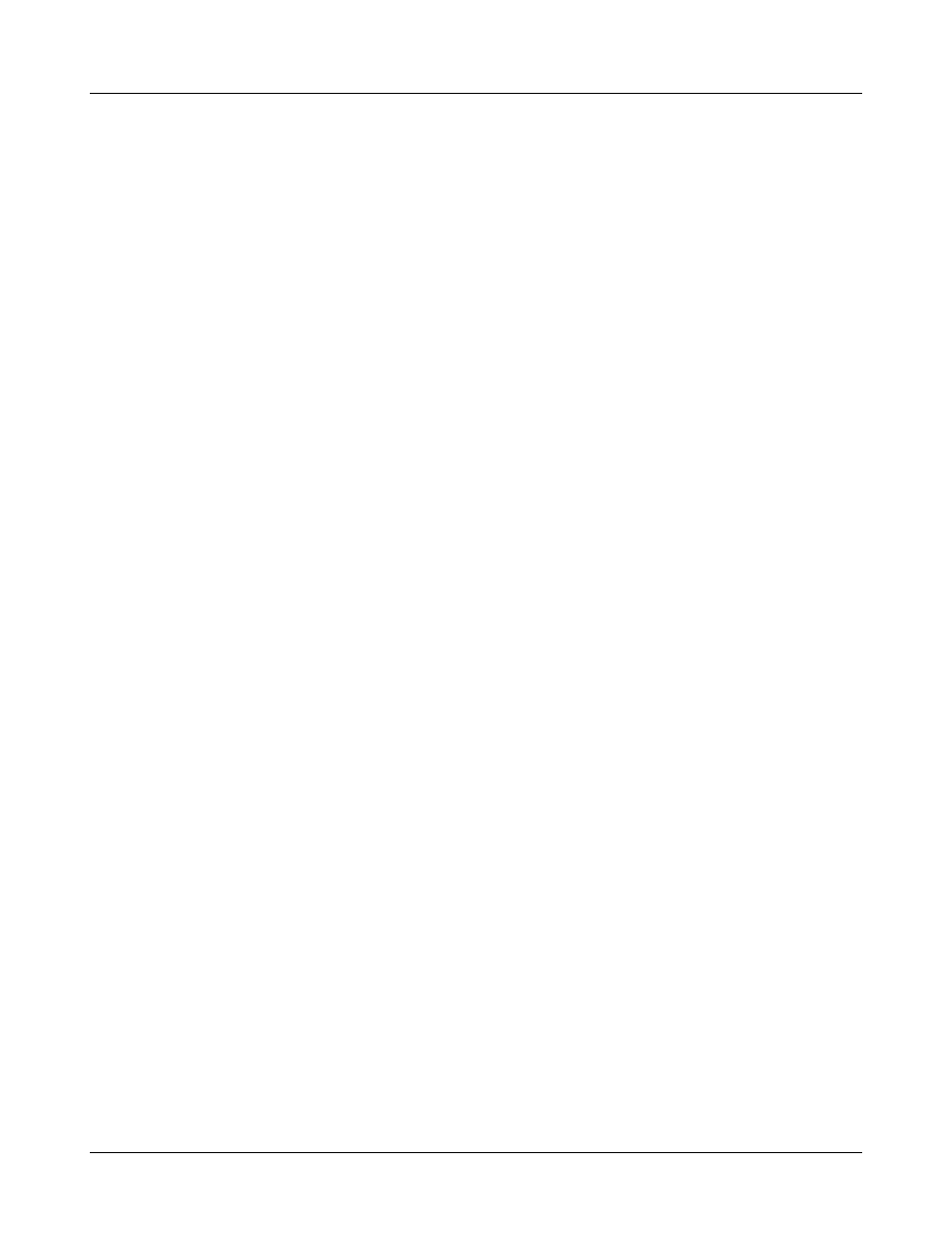20 speechmap technical details, Speechmap stimuli, Stimulus levels – Audioscan Verifit User Manual
Page 112

Verifit
®
User's Guide Version 3.12
May 2015
20 Speechmap Technical Details
Speechmap provides a variety of stimuli for the testing of non-linear hearing aids with a range of digital
processing features. Additional information regarding the stimuli and their analysis is provided in Appendix 2 of
the printable User's Guide.
Speechmap stimuli
The Speechmap fitting environment provides a number of well-controlled, distinctly different stimuli for both
On-ear and Test box measurement modes. Four different digitized speech passages (2 male, 1 female and 1
child) are provided as well as the International Speech Test Signal (ISTS) and the single-talker International
Collegium of Rehabilitative Audiology (ICRA) distorted speech signal. In addition, one of the speech passages
has been filtered to provide 3 variations for evaluating frequency-lowering hearing aids. Pink noise at levels of
50 to 75 dB SPL in 5 dB steps and a tone burst at 85 or 90 dB SPL are also available.
The two 'Speech-std' signals are by the same male talker, filtered to provide the long-term average speech
spectrum (LTASS) recommended by Cox & Moore (1988) for average vocal effort. This is the LTASS assumed
in the Desired Sensation Level (DSL) method of hearing aid fitting. In addition, one of these passages (the
Carrots passage) has been filtered to suppress the 1/3 octave bands above 1 kHz by 30 dB with the exception of
a 1/3 octave band at 4 kHz (Speech4000), a band at 5kHz (Speech5000) and a band at 6.3 kHz (Speech6300).
These latter three signals may be used to determine the amount of frequency shift provided by frequency-
lowering hearing aids and the sensation level of the lowered components of the speech signal. The ICRA noise,
female and child speech signals are presented as recorded with no spectral shaping.
The ISTS consists of 500 ms segments from recordings of 6 female talkers reading the same passage in
American English, Arabic, Chinese, French, German and Spanish. These segments have been spliced together
with appropriate pauses and filtered to match the average female spectrum from Byrne et al, An international
comparison of long-term average speech spectra. J. Acoust. Soc. Am. 96 (1994), 2108-2120. The 15 second
version of this signal has been provided.
Live speech may also be used.
As a result of reanalysis of published data, the previous distinction between 'soft' and 'average' vocal effort has
been eliminated. Consequently, the speech, ISTS and ICRA signals are presented unfiltered for levels from 50 to
70 dB SPL. At 75 dB SPL, the spectrum is filtered to represent a 'loud' vocal effort. An 'own voice' filter is also
available at the 75 dB SPL level. This is intended to produce a spectrum and level at a BTE microphone location
similar to that produced by the voice of an average wearer.
A tone burst (MPO) stimulus provides 128 ms bursts with 128 ms gaps at 1/3 octaves with a level of 90 dB SPL
in the test box and 85 dB SPL for on-ear mode.
In test box mode, all signals are filtered to include BTE, ITE, ITC, CIC, Body microphone location effects. The
selected overall rms level is established prior to filtering.
For fitting FM systems, the stimuli may be modified to represent the level (84 dB SPL) and spectrum at a chest
microphone location and the level (93 dB SPL) and spectrum at a boom microphone location. These are
presented in the test box in both on-ear and test box modes.
The overall SPL, 1/3rd octave band SPL, vocal effort and microphone location effects are given in the following
tables for the various broad-band signals available.
Stimulus levels
LTASS for standard speech is from Cox & Moore (1988). Loud spectrum is from ANSI S3.5-1997. Own voice
112